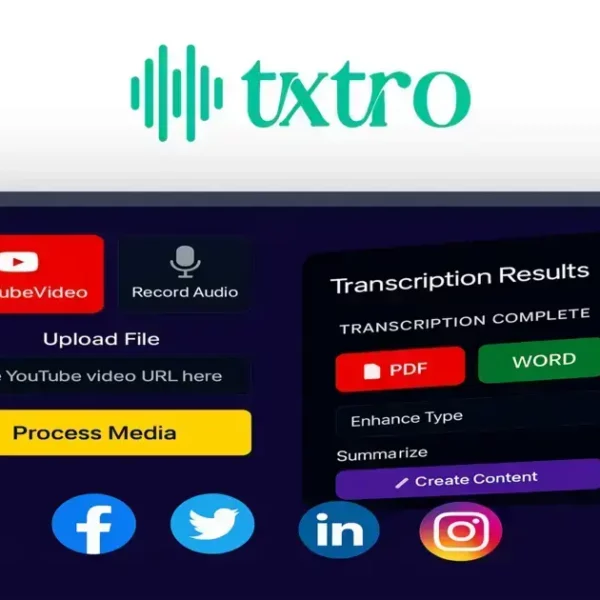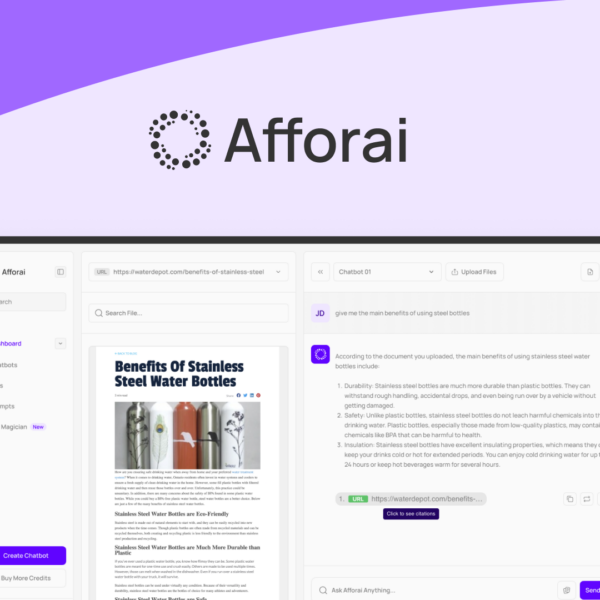SaaS products are more than just software; they’re essential tools for business growth. With so many options available, understanding how to select the right ones is crucial. Let’s dive in and explore tips for finding valuable lifetime deals!
Research the Developer and Company Behind the SaaS Product
Researching the developer and company behind a SaaS product is key to making a smart decision. Start by checking their website. This gives you a good idea of their mission and values.
Look for Company History
A company with a solid history is often more trustworthy. Check when they started and their progress. Are they growing? A good track record shows they can deliver what they promise.
Check Reviews and Ratings
Look at reviews on sites like G2 and Trustpilot. See what users are saying about their experiences. Are the reviews mostly positive? If they have unresolved issues, it might be a red flag.
Examine Their Customer Support
Good customer support is vital. Test their responsiveness by sending a question before you buy. Fast and helpful responses can indicate the level of support you can count on.
Explore Their Social Media Presence
A strong social media presence often shows that a company is active and engaged with customers. Check their posts and interactions. Are they responsive to comments and questions?
Consider Financial Stability
Finally, understand their financial health. Companies that are financially stable are likely to stay in business longer. Look for news about funding rounds or partnerships. This information can reassure you about their longevity.
Recent Feature Updates: A Sign of Commitment

Recent feature updates show a company’s commitment to improving their SaaS product. If you see regular updates, it means they are listening to users. This is a great sign!
Why Updates Matter
Updates often bring new tools and fixes. These changes can enhance your user experience. If a company takes time to innovate, it’s likely they care about their customers.
How to Find Update Information
Check the product’s website or blog for news on updates. Many companies include a changelog. This list shows what has changed over time. It’s a clear way to see their progress.
Read User Feedback
User feedback about updates is very helpful. Look for comments on forums or review sites. See how others feel about the new features. Do they make a difference?
Signs of a Healthy Product
Frequent updates indicate that a product is healthy and evolving. It’s important for a business to stay current. This helps to compete with newer solutions that come to market.
Trust the Process
Trust is built over time. If a company consistently releases updates, it’s proving it values your input. This is something to consider when choosing a SaaS product.
Checking the Product Roadmap Before You Buy
Checking the product roadmap before you buy is a smart move. A roadmap shows future plans for the software. It tells you what features may come next and how the product may improve.
Understand the Roadmap Format
Most roadmaps are clear and easy to read. They include timelines and goals. Each goal corresponds to new features or improvements. Make sure you can follow along without confusion.
Look for Regular Updates
Frequent updates on the roadmap signal that the developers are active. Look for clear dates and consistent updates. This means the company is committed to growth and progress.
Align with Your Needs
Before you buy, see if future updates align with your needs. If you need specific features soon, make sure they are part of the plan. This will help you choose the right product for your business.
Ask Questions
Don’t hesitate to reach out to the company. Ask about their roadmap and future goals. An open company is willing to discuss plans and address your concerns.
Read User Feedback
User feedback on the roadmap can provide insights. See if others feel the updates are valuable. Positive user experiences can confirm you’re making a good choice.
The Importance of Support: How to Test It

Support is crucial when using a SaaS product. Good support can save you time and frustration. Testing the support before you buy is a smart choice.
Check Available Support Channels
First, see what support options are available. Look for live chat, email, or phone support. Different channels can help you solve issues quicker.
Test Response Time
Reach out and ask a question before you sign up. A fast response can show you how responsive the support team is. If they answer quickly, it’s a good sign.
Ask Specific Questions
Don’t be afraid to ask detailed questions about the product. This can help you gauge their knowledge and willingness to help. Pay attention to how well they communicate.
Read Customer Reviews
User reviews can reveal a lot about the support experience. Look for comments on how support handled issues. Positive reviews often mean customers feel valued and heard.
Explore Online Resources
Check for FAQs, help centers, or community forums. Good SaaS companies provide these resources. They show that the company wants to empower users to find answers fast.
Assessing Immediate and Future Needs for Your Business
Assessing your business’s immediate and future needs is vital. It helps you choose the best SaaS products. Knowing what you need now and later will guide your decisions.
Identify Current Challenges
Start by listing your current business challenges. What processes are slowing you down? Understand what tasks take the most time or cause headaches.
Consider Future Growth
Look ahead to where your business is heading. Are you planning to expand? Knowing your growth plans can help you pick tools that will scale with you.
Engage Your Team
Get input from your team. They can offer insights into what tools would make their jobs easier. Collaboration ensures that everyone’s needs are considered.
Assess Feature Requirements
Think about the specific features you really need. Do you need project management, customer support, or analytics tools? Prioritize features based on your challenges and growth plans.
Evaluate Budget Constraints
Always keep your budget in mind. It’s important to balance features with costs. Consider tools that offer good value while still meeting your needs.




